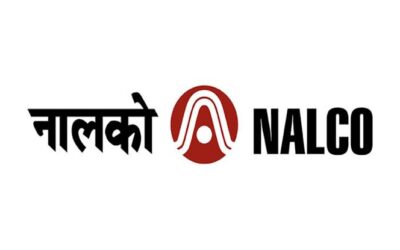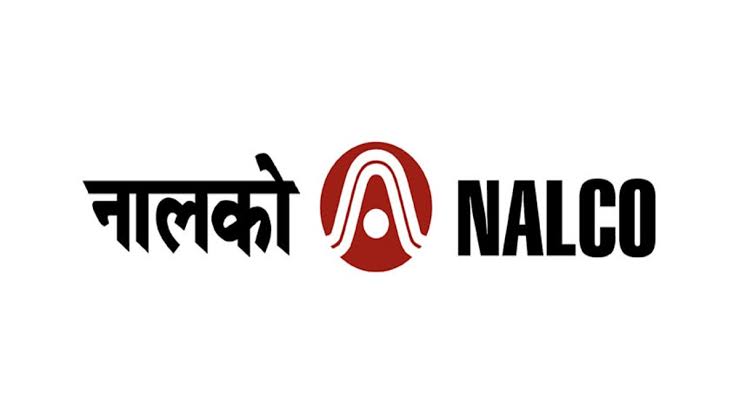Tata Steel Sees Big Jump in Profits, Thanks to Odisha Plants

Neelachal Ispat Nigam Makes Strong Comeback, Kalinganagar Boosts Production
Tata Steel has posted a strong financial performance for the January–March quarter of 2024-25, and a major reason behind this success is its Odisha operations — the Kalinganagar plant and Neelachal Ispat Nigam Limited (NINL).
In its latest quarterly report, Tata Steel announced a massive 307% jump in profit after tax (PAT), reaching ₹1,201 crore in Q4 alone. The company’s revenue rose to ₹56,218 crore, up by 5% compared to the previous quarter, with the help of strong deliveries across regions. The EBITDA stood at ₹6,762 crore, reflecting a solid 12% profit margin.
In India alone, Tata Steel earned ₹34,661 crore in revenue and recorded an EBITDA of ₹7,418 crore, with an impressive margin of 21%. For the entire financial year, India operations brought in ₹1.33 lakh crore in revenue and ₹29,285 crore in EBITDA — showing the strength of its domestic business.
The company also achieved record-breaking crude steel production of 21.7 million tonnes and deliveries of 20.9 million tonnes. This was possible due to the expansion of the 5 million tonnes per annum (MTPA) blast furnace at Kalinganagar and the full-capacity operation of NINL, which Tata Steel acquired nearly three years ago.
The Kalinganagar unit is continuing to ramp up, and its new 2.2 MTPA cold rolling mill (CRM) complex is being rolled out in phases. Continuous galvanizing lines are expected to be operational in the coming months.
CEO T.V. Narendran stated, “We commissioned India’s largest blast furnace at Kalinganagar, which helped us achieve record deliveries of 21 million tonnes — a 5% rise from last year. Our operations also touched nearly 100% capacity. This year, we also celebrated 100 years of mining at Noamundi and produced around 40 million tonnes of iron ore across our mines.”
CFO Koushik Chatterjee added, “Tata Steel’s total revenue for FY2025 was around \$26 billion (approx. ₹2.16 lakh crore) and EBITDA was \$3.1 billion. Despite lower prices, higher volumes and cost control improved our earnings by 10%.”
One of the major highlights was the turnaround of NINL, which was non-operational when acquired. It now posted ₹1,000 crore in annual EBITDA with a 19% margin and free cash flow of over ₹1,000 crore — a strong sign of revival.
Tata Steel also spent ₹15,671 crore on capital projects during the year, signaling its ongoing investment in India’s growth story.








